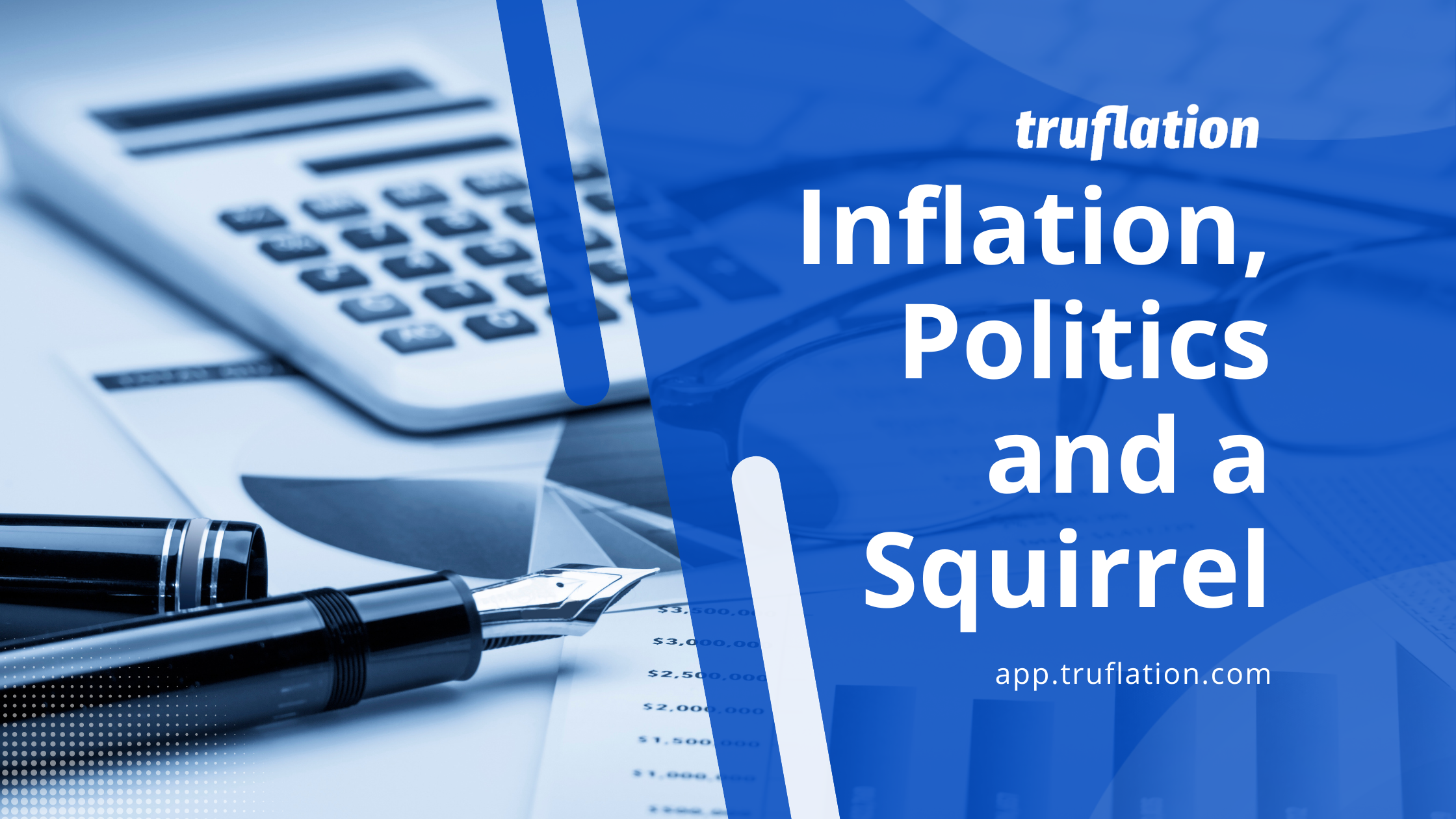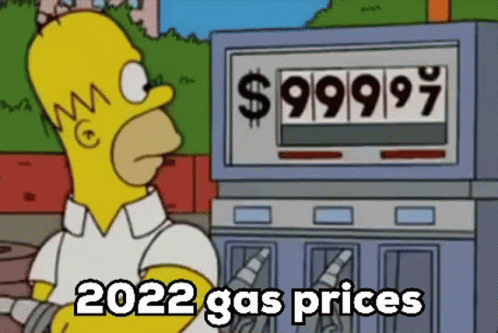
Inflation, politics, and a squirrel
Published 27 May, 2022
Globally inflation is currently a hot topic, and citizens (including Elon Musk and Jeff Bezos) are rightly looking to governments for answers (and the truth!). Why do things cost more? What can be done to fight inflation?

Tweetstorms around inflation with all sides blaming different factors might not help get to the bottom of what causes inflation, an economic debate that spans centuries. At Truflation, our mission is to measure inflation the most accurately possible and create crucial economic insights that could inform all sides of the discussion and perhaps even the researchers.
Governments and central banks monitor inflation, economic output, and the economy's overall health. Historically, periods of high inflation cause civil unrest and financial pain for societies. In 1913, the US Government created the first-ever central bank (the Federal Reserve) and gave it the mandate to control inflation through monetary policy. Soon other countries followed suit. In theory, that kind of policy makes interest rate-setting independent of government intervention or manipulation. The jury is still out globally on whether central banks are non-interventionist in their policy objectives and therefore independent.
It's not about Politics!
Firstly, inflation is not about politics or central banks. It is about the economy and how efficiently markets function. Inflation is the rate of increase in prices over a given period. Prices are the equilibrium point between supply and demand in markets. As prices rise, consumers like you and I change what we buy in response to changes in price, based on how much we have to spend. Most demand is elastic, which means it responds to changes in price.
For example, let’s say your breakfast costs $16 a week. You usually buy two boxes of porridge ($5 each), a loaf of bread ($2) & some cheese ($4) for the weekend. However, with high inflation, porridge boxes cost $7 each, cheese $6, and bread $4, meaning the actual costs of your breakfast items are now $24 a week.

Therefore, you change what you buy and go without cheese because you can’t afford it. To continue to afford breakfast, you buy two boxes of porridge and one loaf of bread now because that is what you can afford. Thus, your breakfast now costs $18 a week, an increase of $2.
This illustrates how inflation changes consumer demand and also reduces your purchasing power (you can’t buy as much as you could before with the same amount of money). If you wanted to buy the same breakfast items, your basket would cost $8 a week more.
When prices vary quickly and by so much, consumers adjust what they buy to compensate for the increase in prices.
Some things, like cheese, we can give up easily or do without. However, there are no substitutes for electricity or gasoline for your car. You pay the price at the pump or your utility bill regardless of price change, because you need it to work from home, or for transportation to work (food, distribution, supply chains, etc).

Gasoline demand is inelastic; even if the price increases, gasoline demand does not change. Inelastic demand further increases inflation in the economy when there are supply shocks or scarcity, as we have seen with COVID and the Ukraine War. During COVID with government stimulus and consumer savings, the money supply increased, resulting in pent-up demand for goods. This has fuelled inflation as consumers compete for limited supply.
Measuring inflation is vital to understanding how consumers react to price rises, how it changes their behavior, and whether or not there are correlations between the two. It may be that consumers have been able to absorb price rises through increased indebtedness and borrowing over the past ten years due to the ultra-low interest rate environment since the 2008 financial crisis. Why would you spend your money when you could borrow it cheaper?
Playing politics with inflation, blaming others, trying to distract the public with “look a squirrel”, will not help people struggling to pay their bills or feed their families; nor will it help people understand how inflation will affect them in the future. At Truflation, we believe measuring and understanding inflation better would be the best place to start.
Article written by CeAnn Simpson
About Truflation
The Truflation Index is currently available on-chain through Chainlink oracle and from our Truflation Dashboard.
Follow us on Twitter
Join the discussion on Telegram or Discord
At Truflation, we believe in data and methodology, not sentiment and surveys. We created Truflation based on real market price data collected from 30 different data sources daily to deliver crucial business intelligence around inflation. We provide a daily, unbiased, data-driven, real-market US inflation rate and other on-chain economic metrics to DeFi products and Web3 applications.
Our mission is to offer the most objective, decentralized, and current economic and financial information alternative in the form of on-chain price indexes to enable a new generation of blockchain products. We help developers create tools that help people maintain their purchasing power, navigate their portfolios through a challenging macroeconomic landscape, and propel the DeFi space into the new era of an inflation-proof and blockchain-powered economy.
Get Exclusive Insights
with our Weekly Newsletter